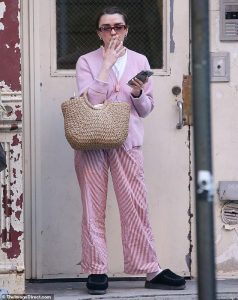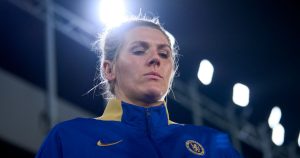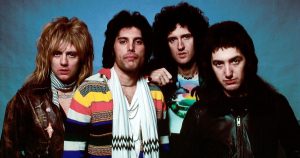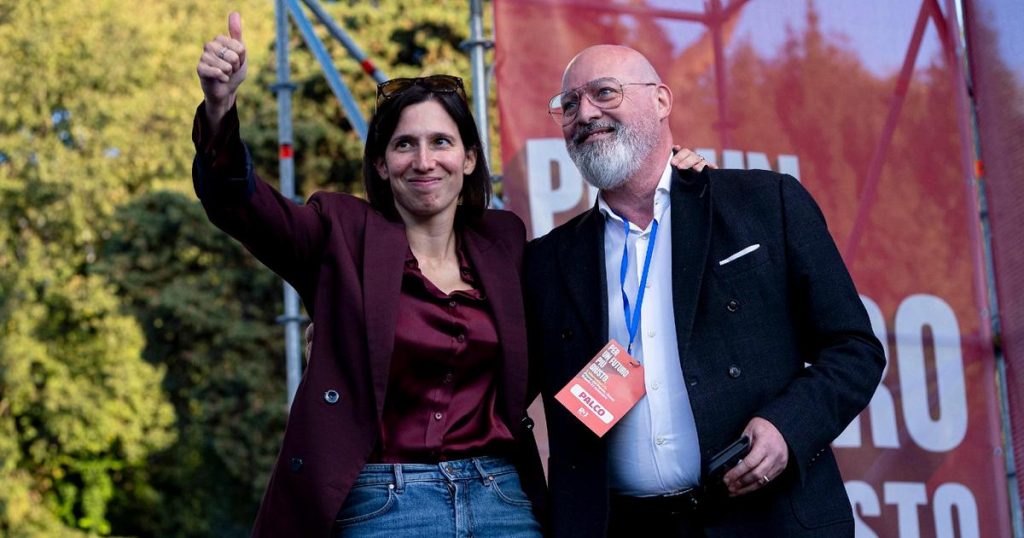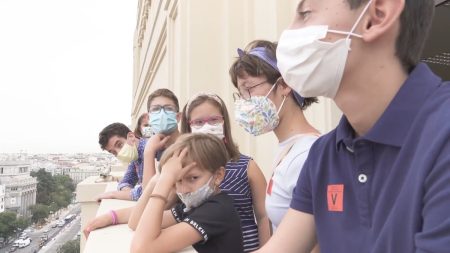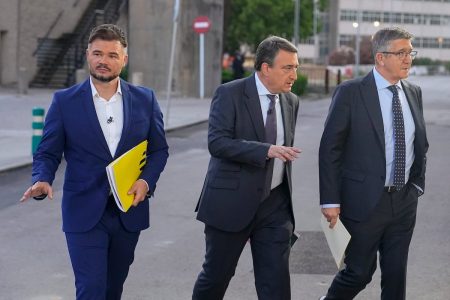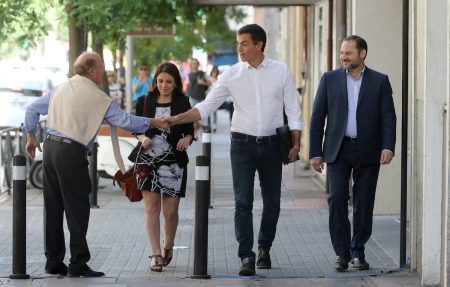The President of Emilia-Romagna has announced his candidacy for the upcoming European elections, with the vote in the region scheduled for the fall. This news highlights an important development in Italian politics as the region is one of the key players in the country’s political landscape. The decision to run for a European position underscores the growing significance of European politics for Italian politicians and the importance of having a strong voice in the European Parliament.
In contrast, Andrea Orlando has declined the proposal to lead the list of the North-West in the upcoming elections. This decision suggests that Orlando may have other political ambitions or priorities that have led him to turn down the opportunity to lead the list. It also indicates that there may be internal differences or strategic considerations within the political party regarding candidate selection for the upcoming elections. Orlando’s decision not to run for the European position may have ripple effects on the party’s strategy and alliances in the upcoming elections.
The announcement of the President of Emilia-Romagna’s candidacy in Europe has the potential to impact the political dynamics in the region and beyond. The President’s decision to run for a European position signals a shift in focus towards European politics and a desire to represent the region on the European stage. This move could enhance the visibility and influence of Emilia-Romagna in European decision-making processes, as well as strengthen the region’s ties with other European countries and institutions.
On the other hand, Andrea Orlando’s decision not to lead the North-West list may have consequences for the party’s electoral prospects and strategic positioning. Orlando’s decision could create opportunities for other candidates to step up and lead the list, potentially changing the dynamics within the party and its alliances. It remains to be seen how Orlando’s decision will impact the party’s internal cohesion and electoral strategy in the run-up to the European elections, as well as how it will affect the party’s standing in the North-West region.
Overall, the announcements regarding the candidacy of the President of Emilia-Romagna and Andrea Orlando’s decision not to lead the North-West list reflect the complex and evolving nature of Italian politics in the run-up to the European elections. These developments showcase the importance of strategic decision-making and candidate selection within political parties, as well as the broader implications of these decisions for regional and national politics. The upcoming European elections will provide a platform for Italian politicians to showcase their leadership and vision for the future of Europe, and the decisions made in the lead-up to the elections will play a crucial role in shaping the political landscape in Italy and beyond.


